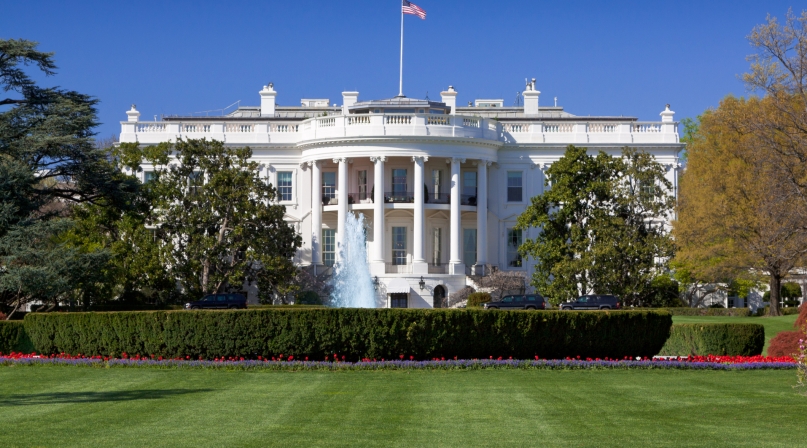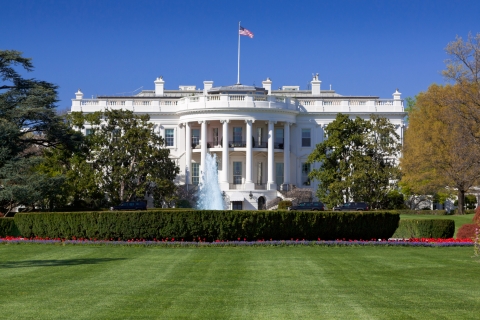President Trump Signs Executive Order Aimed at Improving Rural Health and Telehealth Access
Author

Blaire Bryant
Upcoming Events
Related News

Key Takeaways
On Monday, August 3, the White House unveiled an Executive Order (EO) outlining four broad policy proposals aimed at increasing access to healthcare services in rural areas. The directive would extend temporary regulatory flexibilities for telehealth put in place during the COVID-19 emergency, create new payment models for rural hospitals under the Medicare program, encourage investments in telehealth infrastructure in rural communities, and reduce regulatory burdens for rural health care providers.
Telehealth has emerged as a vital tool for county health providers during the pandemic, helping to improve health care access amid state and local stay at home orders, and facilitating continued delivery of critical health services to vulnerable residents in facilities such as nursing homes. Prior to the pandemic, the use of telehealth was a key strategy for reaching residents in rural and remote areas, where access to health care services has been limited due to rising hospital closures.
The Centers for Medicare and Medicaid Services (CMS) reports that the Medicare program now covers over 135 medical services through telehealth since the agency began loosening regulations around virtual services in March. In addition to the EO, CMS also released the Physician Fee Schedule (PFS) proposed rule, which seeks to expand the services covered under Medicare telehealth and make rural telehealth flexibilities brought on by the current public health emergency permanent.
However, CMS Administrator Seema Verma advises that the agency is limited in making permanent changes to telehealth rules without new federal laws. There are currently several congressional proposals for expanding telehealth provisions under consideration, including a provision in the Senate proposed Health, Economic Assistance, Liability Protections & Schools Act (HEALS Act) that would extend telehealth waivers through the end of 2021, and extend telehealth flexibilities for Federally Qualified Health Centers (FQHCs) and rural health centers for five years beyond the end of the public health emergency.
As negotiations on the next COVID-19 relief package moves forward NACo will track these provisions and continue to monitor both regulatory and policy changes that target health care access improvements through telehealth.
Additional Resources:
- White House Executive Order on Improving Rural Health and Telehealth Access
- NACo Legislative Summary of the Senate COVID Relief Package

Attachments
Related News

HRSA offers funds to aid care transitions for justice-involved individuals
On April 10, the U.S. Department of Health and Human Services’ Health Resources and Services Administration (HRSA) announced the availability of $51 million in funding opportunities open to HRSA-funded health centers. HRSA-funded health centers, which serve over 30 million patients, play a crucial role in county healthcare systems emphasizing equity and accessibility in healthcare. This new initiative focuses on supporting individuals leaving incarceration by providing health services during the critical 90 days before release, assisting justice-impacted individuals with their return to the community by expanding access to primary healthcare—including mental health and substance use disorder treatment.

Join NACo in celebrating County Health Day on April 19, 2024
County Health Day, which falls during National County Government Month, celebrates the pivotal role counties play in promoting public health and building resilient communities.

FCC takes critical steps to improve the 988 National Suicide Lifeline
On March 21, bipartisan congressional leaders and FCC Chairwoman Jessica Rosenworcel announced steps to improve the 988 National Suicide Lifeline. This announcement marks major progress on the nation’s crisis response, a priority for counties and a key policy pillar of the NACo Commission on Mental Health and Wellbeing.